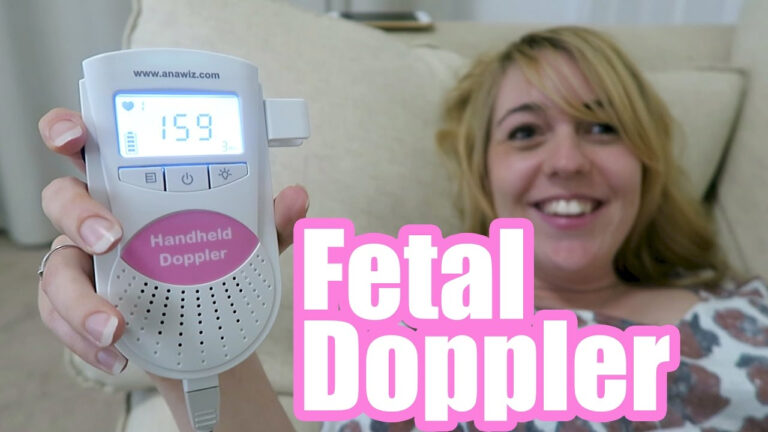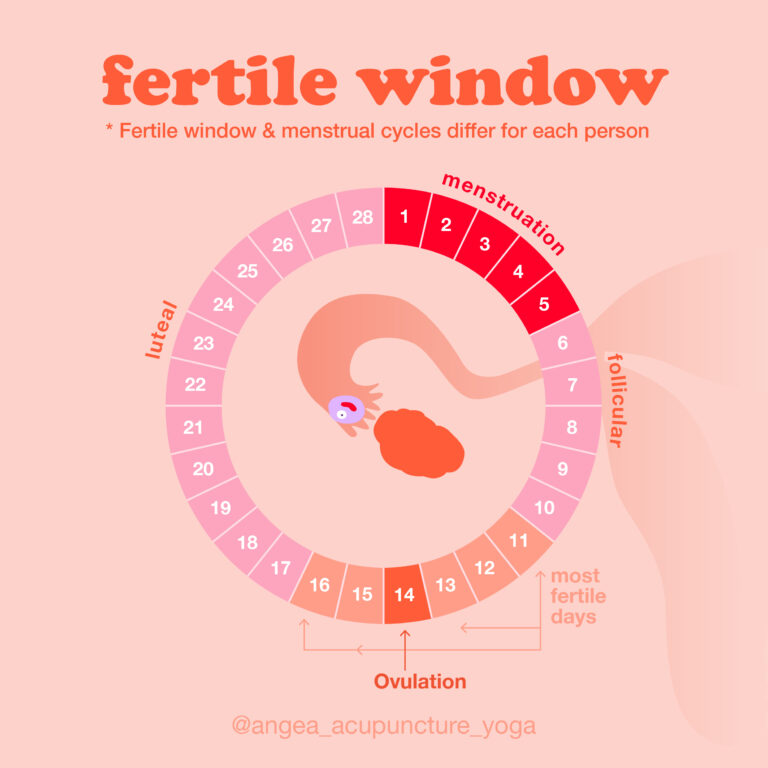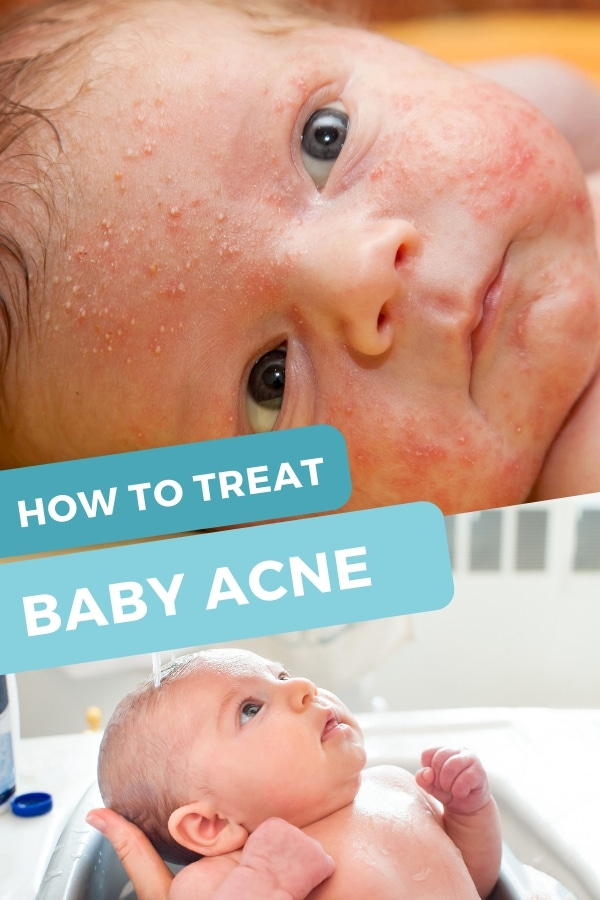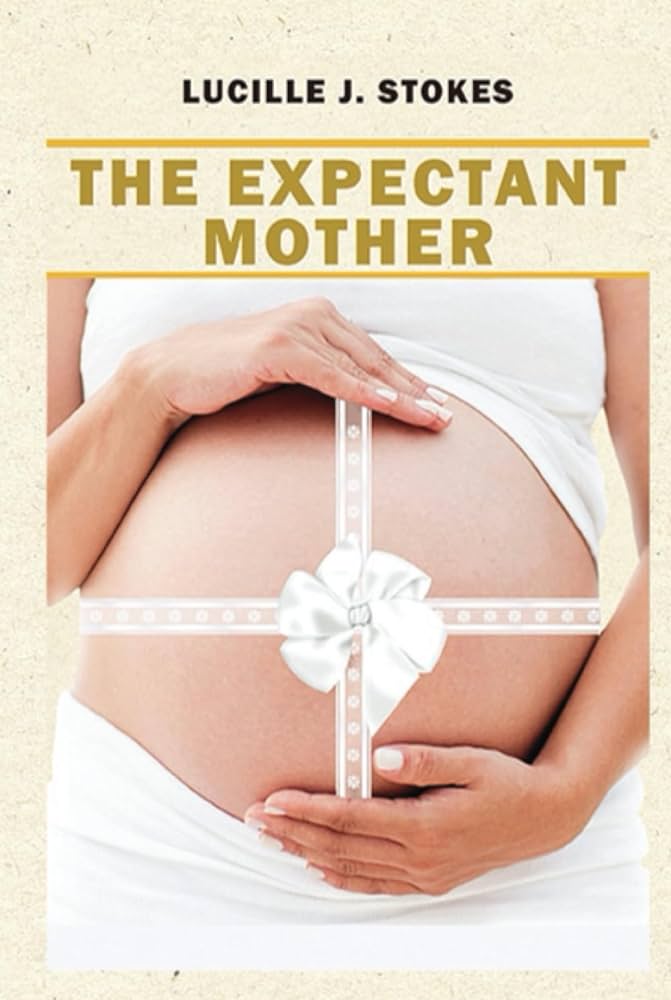When Does Baby Soft Spot Go Away: Everything You Need to Know
As a parent or caregiver, one of the many things you may be curious about is when your baby’s soft spot will close. The soft spot, also known as the fontanelle, is a vulnerable area on your baby’s head that allows for brain growth and development. In this comprehensive guide, we will delve into the details of when the baby soft spot goes away, what factors can affect it, and what you can do to ensure your baby’s health and well-being.
Knowledge
The soft spot on a baby’s head is a crucial part of their anatomy. It consists of two main fontanelles: the anterior fontanelle, located at the top of the head, and the posterior fontanelle, found at the back. These soft spots allow for the baby’s brain to grow and expand rapidly during the first few months of life.
Typically, the anterior fontanelle closes between 12 to 18 months of age. However, it can vary from one baby to another. Factors such as genetics, nutrition, and overall health can influence the timing of the closure of the soft spot.
During routine check-ups with your pediatrician, they will monitor the development of your baby’s fontanelles to ensure they are closing at a normal rate. If there are any concerns about the soft spot closing too early or too late, your doctor may recommend further evaluation or intervention.
It is essential to handle your baby’s head with care, especially around the soft spot. Avoid putting pressure on the fontanelles or touching them excessively. As your baby grows and becomes more active, you may notice the soft spot pulsating slightly. This is normal and indicates proper blood flow to the brain.
Ensuring that your baby receives adequate nutrition, including enough fluids and essential nutrients, can support the healthy development of the fontanelles. Breastfeeding is recommended as it provides the necessary nutrients for brain growth and overall health.
As your baby reaches the age when the soft spot is expected to close, continue to monitor their head shape and development. If you notice any abnormalities or irregularities, consult with your pediatrician for further guidance.
Conclusion
In conclusion, the soft spot on a baby’s head is a vital part of their anatomy that allows for brain growth and development. Understanding when the baby soft spot goes away and how to support its closure is essential for ensuring your baby’s health and well-being.
Parents and caregivers play a crucial role in monitoring the development of the fontanelles and providing a nurturing environment for their baby’s growth. By staying informed and proactive, you can help ensure that your baby’s soft spot closes at the appropriate time and that they continue to thrive.
Ultimately, the timing of when the baby soft spot goes away may vary from one child to another. By working closely with your pediatrician and following their recommendations, you can help support your baby’s development and set them up for a healthy future.






